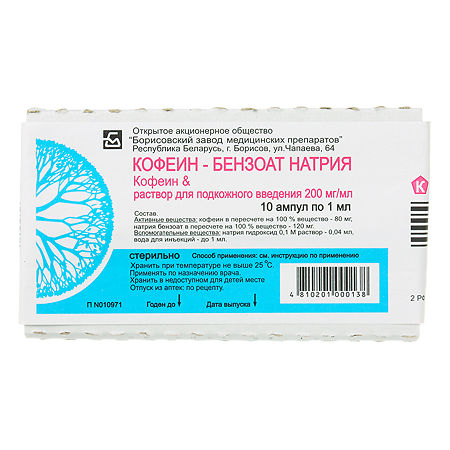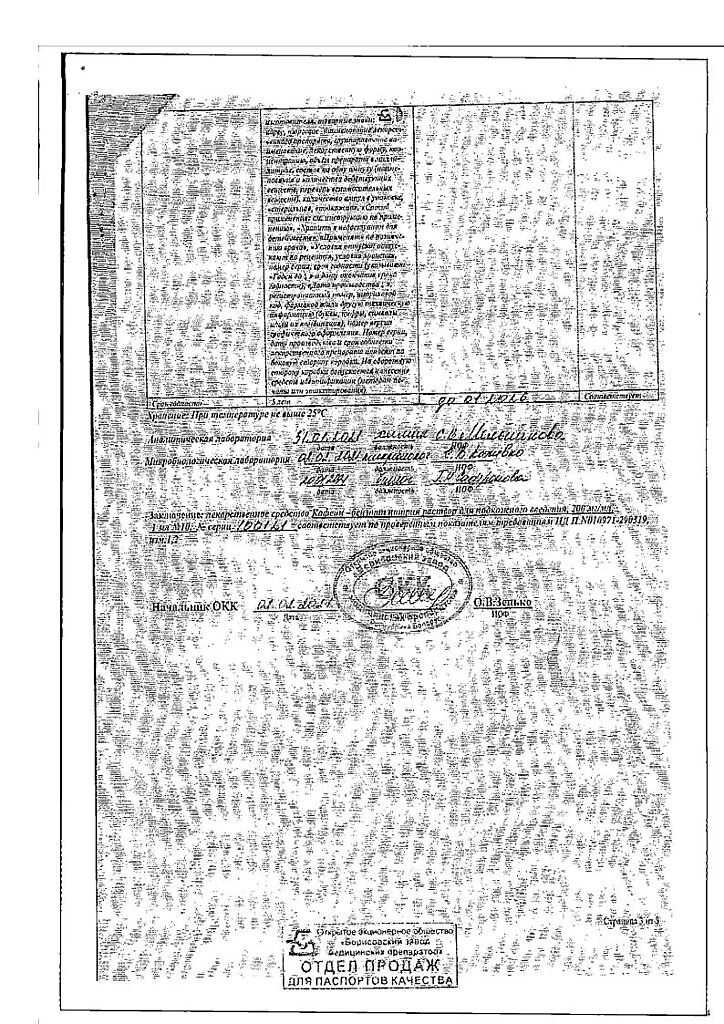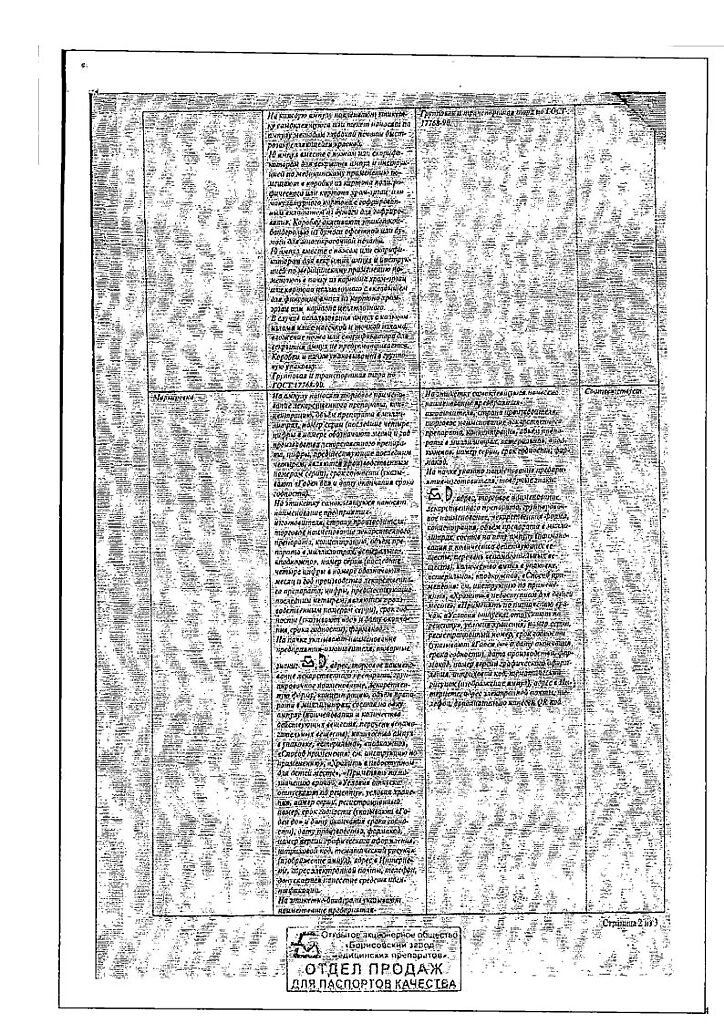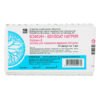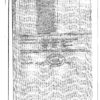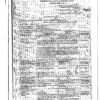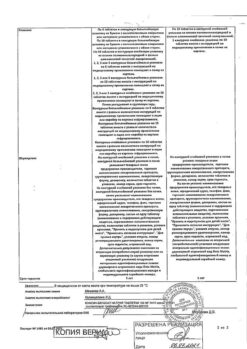No products in the cart.
Caffeine-benzoate sodium extract 200 mg/ml 1 ml, 10 pcs.
€4.68 €3.85
Description
Caffeine
Indications
Indications
For oral administration: decreased mental and physical performance, drowsiness, headache of vascular origin (including migraine), moderate arterial hypotension.
For subcutaneous administration: decreased mental and physical performance, drowsiness, headache of vascular origin (including migraine), moderate arterial hypotension, respiratory depression (including mild poisoning with narcotic analgesics and hypnotics, carbon monoxide, asphyxia of newborns), restoration of pulmonary ventilation after the use of general anesthesia.
For subconjunctival administration: ciliochoroidal detachment in adults.
Pharmacological effect
Pharmacological effect
Pharmacotherapeutic group: Psychostimulant
Pharmacological action
Psychostimulant and analeptic drug, a derivative of methylxanthine. Competitively blocks central and peripheral A1 and A2 adenosine receptors. Inhibits the activity of PDE in the central nervous system, heart, smooth muscle organs, skeletal muscles, adipose tissue, promotes the accumulation of cAMP and cGMP in them (this effect is observed when used only in high doses). Stimulates the centers of the medulla oblongata (respiratory and vasomotor), as well as the n.vagus center, has a direct stimulating effect on the cerebral cortex. In high doses, it facilitates interneuronal conduction in the spinal cord, enhancing spinal reflexes.
Increases mental and physical performance, stimulates mental activity, motor activity, shortens reaction time, temporarily reduces fatigue and drowsiness. In small doses the stimulating effect predominates, and in large doses the effect of depression of the nervous system predominates.
Speeds up and deepens breathing. Usually it has a positive ino-, chrono-, bathmo- and dromotropic effect (since the effect on the cardiovascular system consists of a direct stimulating effect on the myocardium and a simultaneous stimulating effect on the n.vagus centers, the resulting effect depends on the predominance of one or another action). Stimulates the vasomotor center and has a direct relaxing effect on the vascular wall, which leads to dilation of the vessels of the heart, skeletal muscles and kidneys, while the tone of the cerebral arteries increases (causes a narrowing of the blood vessels of the brain, which is accompanied by a decrease in cerebral blood flow and oxygen pressure in the brain).
Blood pressure changes under the influence of vascular and cardiac mechanisms of caffeine’s influence: with normal initial blood pressure, caffeine does not change or slightly increases it, and with arterial hypotension it normalizes it.
It has an antispasmodic effect on smooth muscles (including a bronchodilator effect), and a stimulating effect on striated muscles.
Increases secretory activity of the stomach.
It has a moderate diuretic effect, which is due to a decrease in the reabsorption of sodium and water ions in the proximal and distal renal tubules, as well as dilation of renal vessels and increased filtration in the renal glomeruli.
Reduces platelet aggregation and histamine release from mast cells.
Increases basal metabolism: increases glycogenolysis, increases lipolysis.
Pharmacokinetics
After oral administration it is well absorbed. Cmax in blood plasma is achieved after 50-75 minutes. Plasma protein binding – 15%.
After subcutaneous administration, Vd in adults is 0.4-0.6 l/kg, in newborns – 0.78-0.92 l/kg. Plasma protein binding – 25-36%.
Caffeine is quickly distributed in all organs and tissues of the body, penetrates the BBB and the placental barrier.
More than 90% is metabolized in the liver, in children of the first years of life up to 10-15%. In adults, about 80% of a caffeine dose is metabolized to paraxanthine, about 10% to theobromine, and about 4% to theophylline. These compounds are subsequently demethylated to monomethylxanthinates and then to methylated uric acids.
T1/2 in adults is 3.9-5.3 hours (sometimes up to 10 hours), in newborns (up to 4-7 months of life) – 65-130 hours.
Caffeine and its metabolites are excreted by the kidneys (1-2% is excreted unchanged in adults, and up to 85% in newborns).
Special instructions
Special instructions
It should be borne in mind that sudden cessation of caffeine intake may lead to increased central nervous system inhibition (drowsiness, depression). The effect on the central nervous system depends on the type of nervous system and can manifest itself as both excitation and inhibition of higher nervous activity.
Due to the fact that the effect of caffeine on blood pressure consists of vascular and cardiac components, as a result, both the effect of stimulation of the heart and inhibition (weak) of its activity can develop.
For apnea in newborns and infants in the postoperative period (prevention), caffeine or caffeine citrate is used, but not caffeine – sodium benzoate.
You should not take caffeine before bed.
It is possible to use caffeine in the form of mono- or as part of combination therapy.
Impact on the ability to drive vehicles and machinery
During the treatment period, patients should be careful when driving vehicles and engaging in other activities that require high concentration and speed of psychomotor reactions.
Active ingredient
Active ingredient
Caffeine
Composition
Composition
Active ingredient: caffeine sodium benzoate
Pregnancy
Pregnancy
During pregnancy, it should be used only after consultation with a doctor, in cases where the expected benefit to the mother outweighs the potential risk to the fetus or infant. Excessive use of caffeine during pregnancy can lead to spontaneous abortions, slowing of intrauterine development of the fetus, arrhythmia in the fetus; There may be disturbances in skeletal development when using large doses and a slowdown in skeletal development when using lower doses.
Caffeine passes into breast milk in small amounts but accumulates in infants and can cause hyperactivity and insomnia. During the treatment period, it is necessary to decide whether to stop breastfeeding.
Contraindications
Contraindications
Hypersensitivity to caffeine and other xanthines; anxiety disorders (agoraphobia, panic disorders), arterial hypertension, organic diseases of the cardiovascular system (including acute myocardial infarction, atherosclerosis), paroxysmal tachycardia, ventricular extrasystole, sleep disorders; children’s age – depending on the dosage form.
With caution: with glaucoma, increased excitability, in old age, with epilepsy and a tendency to seizures.
Side Effects
Side Effects
From the nervous system: agitation, anxiety, tremor, restlessness, headache, dizziness, epileptic seizures, increased reflexes, tachypnea, ringing in the ears, insomnia; with sudden withdrawal – increased inhibition of the central nervous system, increased fatigue, drowsiness, muscle tension.
From the cardiovascular system: palpitations, tachycardia, arrhythmias, increased blood pressure.
From the digestive system: nausea, vomiting, exacerbation of peptic ulcer.
Other: nasal congestion, with prolonged use – addiction, drug dependence; with subconjunctival injection – short-term pain, slight local swelling with the possible appearance of single petechiae.
Interaction
Interaction
When used simultaneously, the effect of sleeping pills and anesthetics is reduced.
With simultaneous use, it is possible to enhance the effect of analgesics-antipyretics, salicylamide, naproxen.
With the simultaneous use of estrogens (hormonal contraceptives, drugs for HRT), it is possible to increase the intensity and duration of action of caffeine due to the inhibition of the CYP1A2 isoenzyme by estrogens.
When administered concomitantly with adenosine, caffeine reduces the increased heart rate and blood pressure changes caused by adenosine infusion; reduces vasodilation caused by the action of adenosine.
With simultaneous use, it is possible to increase the bioavailability, absorption rate and plasma concentration of acetylsalicylic acid.
With simultaneous use, mexiletine reduces the clearance of caffeine and increases its plasma concentrations, apparently due to mexiletine inhibition of caffeine metabolism in the liver.
Methoxsalen reduces the excretion of caffeine from the body with a possible increase in its effect and the development of toxic effects.
Concomitant use of caffeine with beta-blockers may lead to mutual suppression of therapeutic effects.
Caffeine accelerates absorption and enhances the effect of cardiac glycosides, increasing their toxicity.
Due to the induction of microsomal liver enzymes under the influence of phenytoin, its simultaneous use accelerates the metabolism and excretion of caffeine.
Fluconazole and terbinafine cause a moderate increase in the concentration of caffeine in the blood plasma, ketoconazole – less pronounced.
The most pronounced increase in AUC and decrease in clearance are observed with simultaneous use of caffeine with enoxacin, ciprofloxacin, pipemidic acid; less pronounced changes – with pefloxacin, norfloxacin, fleroxacin.
When used simultaneously, caffeine accelerates the absorption of ergotamine.
Storage conditions
Storage conditions
Store at a temperature not exceeding 25°C, protected from light.
Shelf life
Shelf life
5 years.
Manufacturer
Manufacturer
Borisov Medical Preparations Plant, Belarus
Additional information
| Shelf life | 5 years. |
|---|---|
| Conditions of storage | Store at a temperature not exceeding 25 ° C, in a light-protected place. |
| Manufacturer | Borisov Medical Preparations Plant, Belarus |
| Medication form | solution |
| Brand | Borisov Medical Preparations Plant |
Other forms…
Related products
Buy Caffeine-benzoate sodium extract 200 mg/ml 1 ml, 10 pcs. with delivery to USA, UK, Europe and over 120 other countries.

